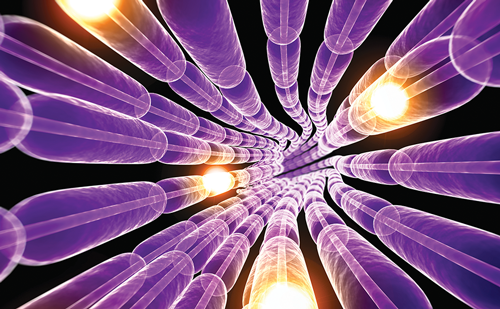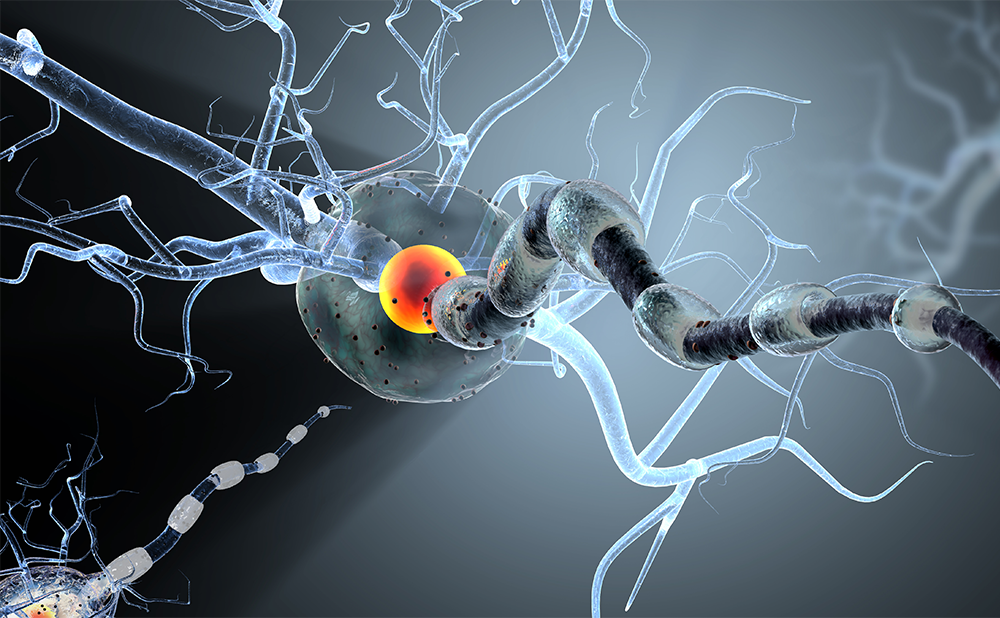Search Results
Showing Results for delirium pathophysiology

Article highlights Multiple screening tests are available to screen patients for cognitive impairment, and the Confusion Assessment Method is a helpful test to screen for delirium in the immediate postoperative period. Medicine reconciliation and identification and removal of potentially inappropriate ...

The novel severe acute respiratory syndrome coronavirus 2 has caused a worldwide pandemic, and its impact on healthcare systems around the world is still being investigated. The potential effect of coronavirus disease 2019 (COVID-19) on people living with dementia and the ability ...

Narcolepsy is a chronic clinical condition primarily characterized by excessive daytime sleepiness (EDS). This may be accompanied by cataplexy, which is a phenomenon of transient muscle weakness triggered by strong emotions, such as laughter, excitement, anger or grief. Narcolepsy is ...

Charles Bonnet syndrome (CBS) is characterised by the presence of visual hallucinations (VH) and visual sensory deprivation in individuals with preserved cognitive status and without a history of psychiatric illness.1 CBS is a rare, underdiagnosed and under-recognised syndrome, which was ...

Pathologically, Parkinson’s disease (PD) is characterized by the loss of dopaminergic neurons in the substantia nigra and the presence of Lewy bodies.1 In a staging model proposed by Braak in 2003,2 the presence of midbrain lesions are preceded by degeneration ...

Neuroprotective Strategies in Traumatic Brain Injury Peter JD Andrews Western General Hospital NHS Trust and University of Edinburgh, UK Any severe trauma to the brain results in the activation of a cascade of biochemical pathways and release of chemical mediators. ...

Cognitive impairment (CI) is frequently associated with critical illness and can be defined as the loss or decline of higher mental functions (memory, attention, calculation, language, orientation and speed of information processing) that modify a person’s activity and social ...

Lacunar strokes (LACS), which result from occlusion of the deep penetrating arteries in the brain, are often milder than embolic or large vessel strokes.1 Even if they are mild in terms of stroke severity, it has been recognized that LACS ...

Transient ischaemic attack (TIA) is common, with approximately 200,000–500,000 reported to medical attention in the US each year.1 The risk of TIA rises steeply with age, with the majority of all events occurring in people over 70 years of age.2 In contrast ...

Delirium is a complex neuropsychiatric syndrome characterized by disturbances of consciousness, attention, cognition, and perception. It is a common condition with serious consequences. It is estimated that at admission 10–15% of elderly patients are delirious,1 and 10–40% become delirious during hospitalisation.2 Some ...

Lacunar strokes (LACS), which result from occlusion of the deep penetrating arteries in the brain, are often milder than embolic or large vessel strokes.1 Even if they are mild in terms of stroke severity, it has been recognized that LACS ...
Latest articles videos and clinical updates - straight to your inbox
Log into your Touch Account
Earn and track your CME credits on the go, save articles for later, and follow the latest congress coverage.
Register now for FREE Access
Register for free to hear about the latest expert-led education, peer-reviewed articles, conference highlights, and innovative CME activities.
Sign up with an Email
Or use a Social Account.
This Functionality is for
Members Only
Explore the latest in medical education and stay current in your field. Create a free account to track your learning.

